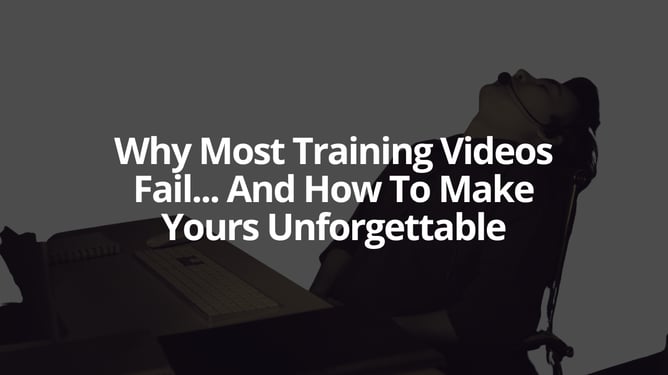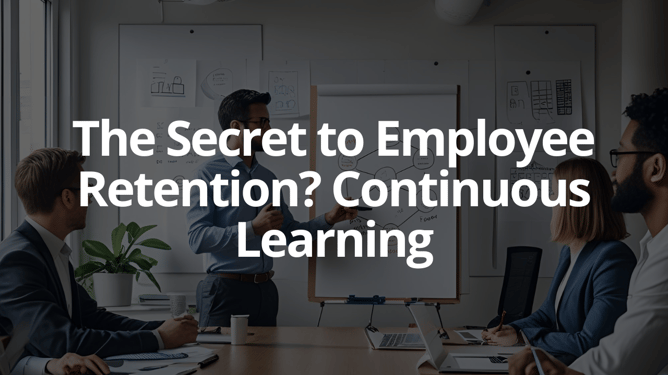How To Manage Your Unconscious Bias
Whether we are happy to admit it or not, unconscious biases exist within all of us.
These are social stereotypes that we hold without our knowledge or control.

There’s a whole host of potential origins for these biases that are individual to us, including backgrounds, cultures, and life experiences.
Some of our biases could include assuming someone’s capabilities on their appearance or favouring people that share similar interests to us.
Trusting your gut may not be as safe as you thought when making both personal and professional decisions.
So… what can we do to become more conscious of what is unconscious?
Being able to identify when these judgements begin to kick in is a fantastic strength to have. This awareness allows you to see when your impartiality is being clouded, which helps you to rethink your logic, rather than just following your initial conclusion.
It is crucial to remember that you should not punish yourself for having biases, because to some extent, it is beyond your control. Ultimately, it is how you use these biases that matter.
Indulging them is one choice, but the other is to challenge them and to seek opportunities to explore and question them.
That leads us nicely into our ways that you can challenge your unconscious biases!
1 – Stop And Think
You know that ol’ saying about making assumptions?
If you haven’t, it strongly encourages you not to make them.
So, when you begin to assume… hit the brakes!
Question whether your assumptions are fair and logical or whether they are an act of unconscious bias.
Acknowledging your biases in the moment is difficult, but this awareness is the crucial first step to overcoming them.
2 – Grab More Information
Here’s an important question to answer! What are your assumptions based on?
For instance, if you are thinking about a person but cannot clear your mind of assumptions and biases, take your mind back to discover the place in which that assumption was born.
It could be that you are heavily weighting your decision on something that originated from somewhere unreliable, such as hearsay.
3 – Source Different Perspectives
A brilliant way to challenge your biases is to delve into the opposite side of them.
Take action to surround yourself with people that are different from you and dedicate some time to listen to their perspectives, experiences, and stories.
By gaining greater understanding, it becomes easier to identify your biases and therefore to not act on them.
4 – Point It Out
As I mentioned at the start, unconscious biases exist within us all.
Therefore, it is important to notify others when we see them appear.
This does not need to involve confrontation, because you are highlighting something that someone may not be aware of, however by gently pointing it out, you can raise awareness to that person and others about their potential biases, promote more inclusive behaviour and stamp out all forms of discrimination.
If you are unsure what learning topics are a priority within your organisation currently, then grab your Training Needs Analysis guide below to find out!
Thanks
Alex & The Excel Team
P.S. If you would like to discuss any of your learning & development challenges for 2023, call us on +44(0) 1628488 854.
/alex-profile-150x150-Aug-19-2022-07-39-26-61-AM.jpg?width=150&height=150&name=alex-profile-150x150-Aug-19-2022-07-39-26-61-AM.jpg)
About Excel Communications
Excel Communications is a learning and development consultancy based near London in the U.K. For more than 30 years; we have been collaborating with clients across the globe.
Partnering with Excel empowers you to evolve your people and business by fuelling a love for learning.
We work with you to create unforgettably, customised learning experiences to achieve your vision of success and growth, with tangible results.
View our case studies here.






